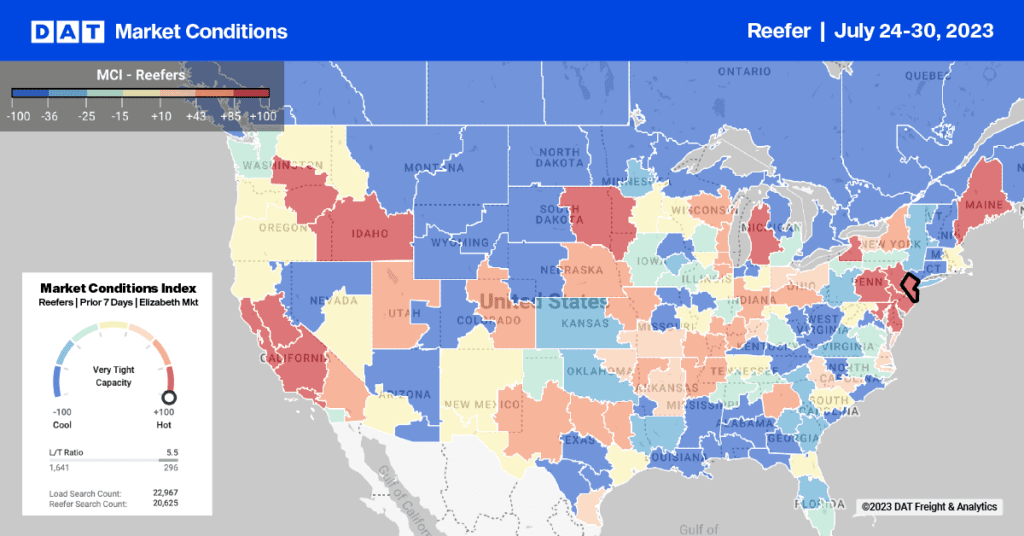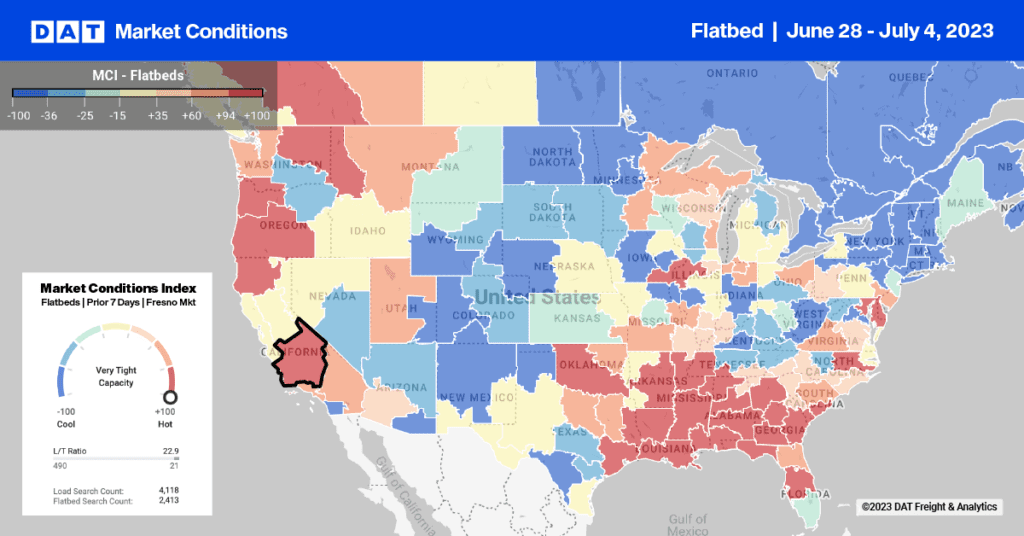In addition to supply chain disruptions caused by the Japanese earthquake and flooding in Thailand, the U.S. was wracked by regional droughts, hurricanes, tornadoes, tropical storms and floods in 2011. Domestic weather events added up to 14 disasters, defined as those with economic impact greater than $1 billion, according to a report by the National Oceanic and Atmospheric Administration (NOAA.) The record-breaking string of disasters interrupted inbound and outbound transportation and rates in the affected regions, but only for brief periods.
Here is the NOAA list in brief. (For full details, including photos, videos and weather maps see http://www.noaa.gov/extreme2011/.)
1. February: Groundhog Day Blizzard drops two feet of snow in Chicago and stops traffic all over the Midwest and Northeast. Estimated damage: 36 deaths and more than $1.8 billion.
2. Early April: 46 tornadoes cut a swath of destruction through the central and southern states, causing nine deaths and more than $2.8 billion in losses.
3. Mid-April: Another 59 tornadoes hit the central and southern states a week later, with another $2.2 billion lost but no fatalities.
4. Mid-April: Yet another 177 smaller tornadoes caused 38 deaths – 22 in North Carolina alone – and $2.1 billion in damages.
5. Late April: Still more tornadoes – 343 in less than a week – lead to 321 deaths, including 240 in Alabama, and $10.2 billion in estimated damages.
6. May: Tornadoes again, 180 of them, carved through the Midwest and Southeast, leading to 158 deaths in Joplin MO and $9.1 billion in property losses.
7. June: Yet another round of tornadoes hit the Midwest, with wind and hail in the southeast. Three deaths and $1.3 billion resulted from the storms.
8. Summer: Floods in the upper Midwest led to thousands of evacuations in North Dakota, five deaths and $2 billion in losses of crops, homes and other property.
9. Spring through Fall: Drought and heat destroyed $10 billion worth of crops, livestock and timber in the Southwest.
10. Spring and Summer: The Mississippi River flooded in Ohio, due to historic record rainfall and snow melt, causing $3 to $4 billion in damages.
11. July: Tornadoes, hail and high winds lead to two deaths and more than $1 billion in damages east of the Rockies and in the Central Plains.
12. August: Hurricane Irene smacked into North Carolina and moved up the East Coast to cause flooding and widespread power outages in the New York metro area. Irene led to 45 deaths and more htan $7.3 billion in damages.
13. Spring through Fall: Wild fires rampaged through Texas, New Mexico and Arizona, destroying homes, farms, timber and businesses. Five people died, and property damages exceeded $1 billion.
14. September: Tropical Storm Lee cut a swath of destruction across the southeast and northeast, killing 21 and costing more than $1.0 billion in damages due to wind and flooding.

Weather map based on NOAA data, from the MSNBC web site.
The Road Ahead: FMCSA Recommends Training and Analysis
Long-term weather forecasts are notoriously unreliable, so it’s best to be prepared for anything.The FMCSA issued a timely report in April on the topic of “Weather and Climate Impacts on Commercial Motor Vehicle Safety.” Safety has improved enormously in recent years, according to the report, due to a variety of technological improvements in vehicles, equipment, roads and communications, as well as improved decision-making on routes and schedules. The agency recommends additional driver training and more analysis of crash data to prevent future weather-related accidents.
The American Trucking Associations also offered guidance to motorists for coping with bad weather. The rules are written for drivers of small private vehicles, but professional drivers can share them with friends and family members to keep everyone safer.


